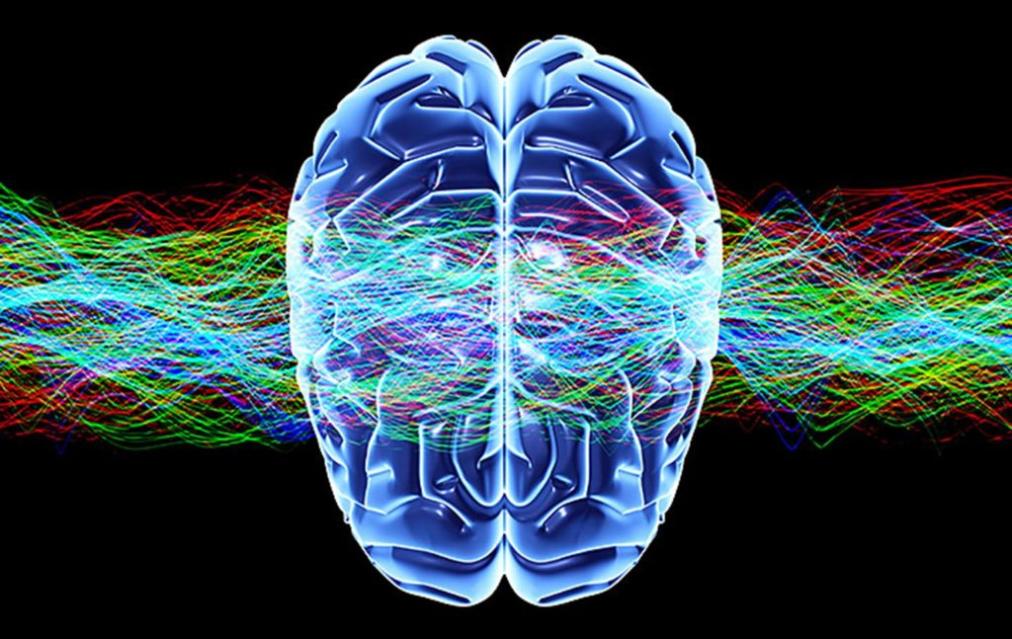Neuroplasticity: How Can Government Employees Learn and Adapt Throughout Their Careers?
In today's rapidly changing world, the ability to learn and adapt is essential for success in any field, and government employees are no exception. Neuroplasticity, the brain's ability to change and adapt throughout life, plays a crucial role in enabling government employees to acquire new skills and knowledge, adapt to changing job demands, and advance their careers.

The Role Of Neuroplasticity In Government Employees' Careers
Neuroplasticity allows government employees to:
- Acquire New Skills and Knowledge: As government agencies face new challenges and evolving priorities, employees need to continuously update their skills and knowledge to remain effective. Neuroplasticity enables them to learn new skills, such as data analysis, project management, or foreign languages, and acquire new knowledge in specialized areas.
- Adapt to Changing Job Demands: Government jobs often involve changing responsibilities and evolving job requirements. Neuroplasticity allows employees to adapt to these changes by developing new skills and modifying existing ones. This flexibility is essential for career advancement and success.
- Advance Their Careers: By embracing neuroplasticity, government employees can continuously improve their skills and knowledge, making them more competitive for promotions and leadership positions. Neuroplasticity also enables them to pursue new career paths and explore different areas of government service.
Strategies For Enhancing Neuroplasticity In Government Employees
Government agencies can foster neuroplasticity among their employees by:
- Encouraging Lifelong Learning and Professional Development: Providing opportunities for employees to participate in training programs, workshops, and conferences helps them acquire new skills and knowledge. Encouraging employees to pursue higher education and certifications further enhances their neuroplasticity.
- Promoting a Culture of Innovation and Experimentation: Creating a work environment that encourages employees to experiment with new ideas and take calculated risks fosters neuroplasticity. This culture stimulates the brain's ability to adapt and learn from new experiences.
- Providing Access to Resources and Support for Skill Acquisition: Government agencies should provide employees with access to online learning platforms, libraries, and other resources that facilitate skill acquisition. Additionally, mentorship and coaching programs can help employees develop new skills and enhance their neuroplasticity.
- Fostering a Positive and Supportive Work Environment: A positive and supportive work environment reduces stress and promotes psychological well-being, both of which are essential for neuroplasticity. Encouraging collaboration, teamwork, and open communication creates a conducive environment for learning and adaptation.
Benefits Of Neuroplasticity For Government Employees
Neuroplasticity offers numerous benefits for government employees, including:
- Increased Job Satisfaction and Engagement: When employees have the opportunity to learn and grow, they feel more engaged and satisfied with their jobs. This leads to higher productivity and better job performance.
- Enhanced Productivity and Performance: Neuroplasticity enables employees to acquire new skills and knowledge, which directly contributes to enhanced productivity and improved job performance. This benefits both the individual employee and the government agency as a whole.
- Greater Adaptability to Changing Circumstances: In a rapidly changing world, government employees need to be able to adapt to new challenges and evolving job demands. Neuroplasticity allows them to do this by facilitating the acquisition of new skills and the modification of existing ones.
- Improved Problem-Solving and Decision-Making Skills: Neuroplasticity enhances cognitive abilities such as problem-solving and decision-making. This is crucial for government employees who often face complex problems and need to make informed decisions.
- Increased Creativity and Innovation: Neuroplasticity promotes creativity and innovation by encouraging employees to think outside the box and explore new ideas. This leads to the development of innovative solutions and improved service delivery.
Challenges To Neuroplasticity In Government Employees

Despite the benefits of neuroplasticity, there are challenges that can hinder its development in government employees, including:
- Resistance to Change and New Ideas: Some employees may be resistant to change and new ideas, which can limit their neuroplasticity. This resistance can stem from fear of the unknown, lack of understanding, or organizational culture.
- Lack of Time and Resources for Learning and Development: Government employees often face heavy workloads and limited time for learning and development. Additionally, budget constraints may limit access to training programs and resources.
- Organizational Culture that Discourages Risk-Taking and Experimentation: A rigid organizational culture that discourages risk-taking and experimentation can stifle neuroplasticity. This culture may discourage employees from trying new things and learning from their mistakes.
- Personal Factors such as Age and Stress: Personal factors such as age and stress can also affect neuroplasticity. As people age, their brains may become less adaptable, making it more challenging to learn new skills. Additionally, chronic stress can hinder neuroplasticity by impairing cognitive function.
Neuroplasticity is a vital factor in the success of government employees and the effectiveness of government agencies. By embracing neuroplasticity, government employees can continuously learn and adapt, enhancing their job satisfaction, performance, and career prospects. Government agencies should invest in neuroplasticity-enhancing initiatives to foster a culture of lifelong learning, innovation, and adaptation, ultimately leading to a more effective and responsive government workforce.

YesNo

Leave a Reply